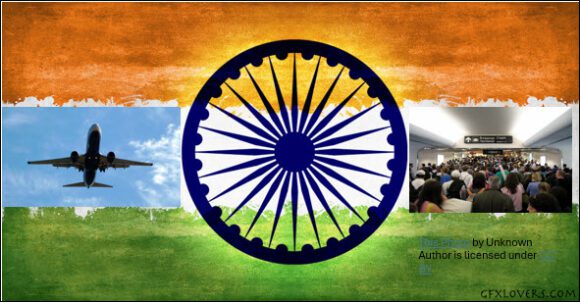It is a universal item of interest for people in the commercial aviation silo – when do we crawl our way out of this? The stress in the system is at an all-time high – there is desperation for people to keep their jobs and companies to survive. Several governments have tried to help their national airlines stay afloat. Here we review looking at three large air travel markets we can see how the recovery is evolving.
The primary logic for this is that these governments realize what a rich source of tax revenues air travel has become. Governments, historically, could tax air travel and it seemed to have a very low impact on demand. It has been, therefore, an ideal place to squeeze for revenues.
A secondary benefit has been that commercial aviation has a strong demand for high-skill jobs with relatively good earnings which can also be taxed. Airlines also generate a useful flow of tax revenues on fuel. The broader travel silo includes lots of jobs for unskilled workers which makes it attractive. Service industries are great employers. In short, a healthy and active air travel market is a tide that lifts a big part of an economy. Leave it to run and it generates a reliable revenue source. Provided the goose isn’t squeezed too hard, it is a reliable source of golden eggs.
Airlines don’t like shocks because it is a business that needs a longer horizon than most for schedule planning. It takes lots of people and equipment to make a schedule work – it is a fine balancing act. Disruptions to this juggling of assets cause significant costs. It gets really ugly very quickly. And when it gets ugly, the whole industry starts to shed people and assets in a frantic effort to contain cash burn. The Golden Goose is frail.
Looking at three large air travel markets we can see the recovery is uneven, but that is to be expected as governments vary in their support for air travel. Moreover, travel bubbles are not easy to create because of pandemic variants now emerging.
The first chart shows domestic air travel for China, India, and the US. Starting January 2019 through March 2021.
We see that 2019 was a really great year for air travel. China’s air travel was impacted by the pandemic first in February 2020. India and the US took a month longer to see an impact, but it came on fast. So fast that by April India had no air travel at all. Yet by April China saw a small return to travel growth even as the US saw air travel hit a nadir.
As 2020 progressed, we see that China’s rapid recovery wasn’t immune and it peaked during the summer and the decline was not seasonal. The US saw a slower recovery and it also peaked over the summer, but the decline towards the end of the year was much more limited than that of China. Indeed, December 2020 through February 2021 saw China and the US at similar levels of activity. India has seen the slowest recovery, and it has also been the most consistent.
Next, let’s look at the same data using January 2019 as a base of 100.
China reacted earlier and more aggressively to the pandemic. China took the lead from the US by April 2020 and has held it since then. One has to wonder about the involvement of the Chinese government in pushing its airlines to rebuild schedules so fast. The upper chart shows traffic coming back quickly and from one of our Zoom chats during that period we learned that airfares were lowered to encourage travelers to come back. US airlines were more sanguine in rebuilding schedules compared to China – within the US it was American and Southwest who were pioneering that effort. By November 2020, India had also seen a relatively stronger recovery than the US.
Starting in 2021 China saw a sharp recovery in March as did the US. As we get updated data we will revisit these charts to see how these markets have evolved. The lower chart shows China’s March numbers sharply higher than those of the US. The upper chart shows the volume of traffic was 9M more travelers in China than in the US. That gap can easily be closed as the US historically sees between 2m and 2.5m air travelers daily. Currently (April) the US is seeing well over 1m daily air travelers already.
The crucial item, in our view, will be vaccination rates. The US is doing very well on that score and there are signs that this summer we can expect to see the US air travel market back over 2m/day by mid-July.
Views: 2






